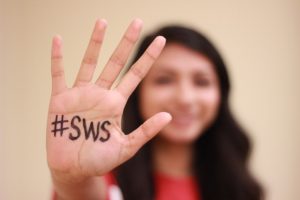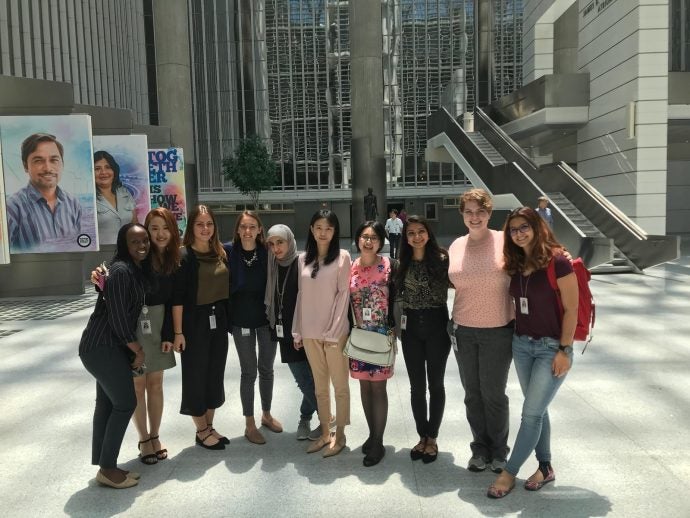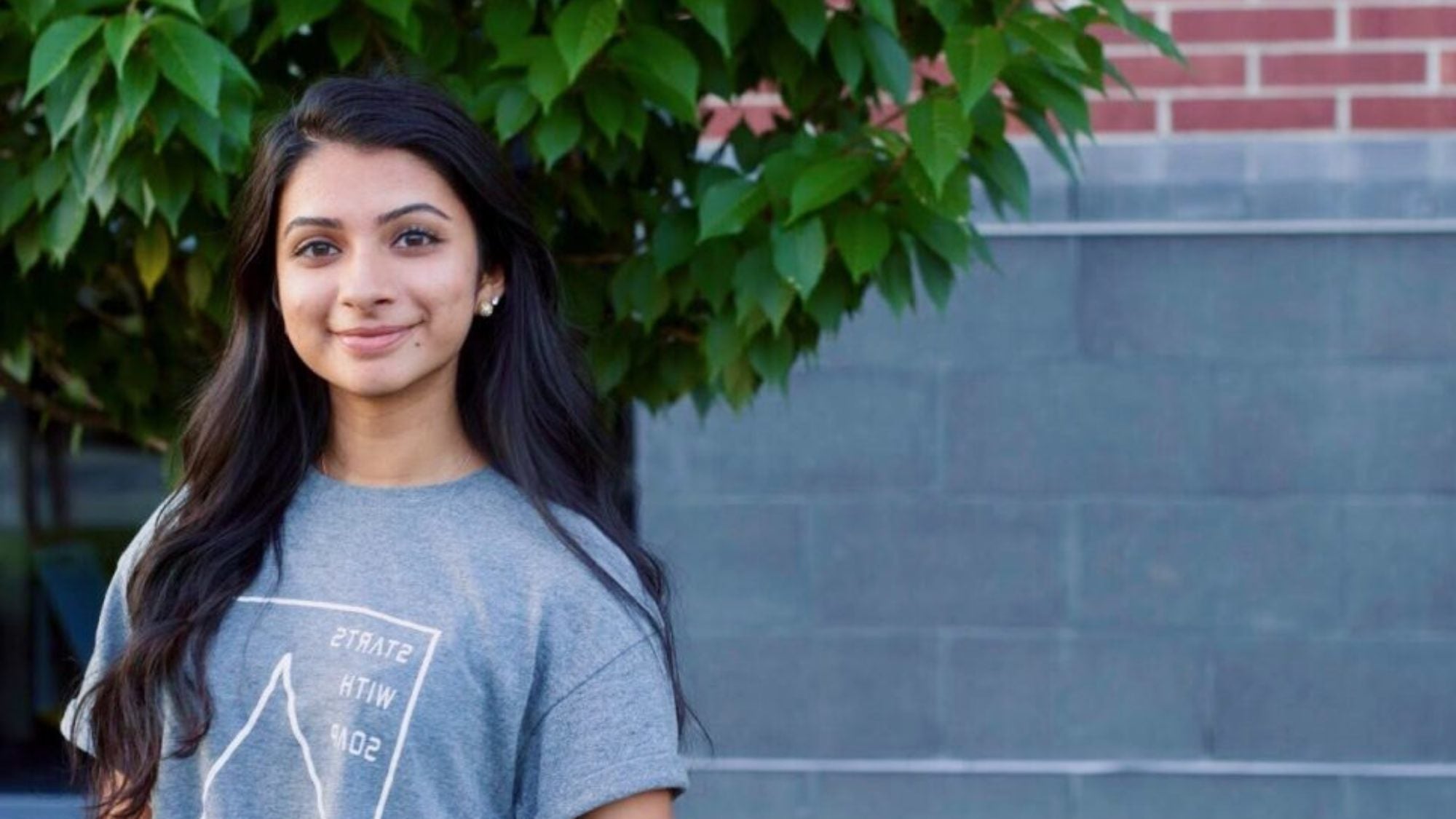Starts With Soap
According to Sharma, “In high school, I had been on countless service trips and projects where I would feel really great, but at the end of the day, the project ended and we never really followed up.” To combat this short-term approach, Sharma founded Starts with Soap in the hopes of creating an organization that fosters “problem centricity”—a term Sharma uses to describe the practice of first understanding a problem and then crafting a solution, rather than approaching an issue with a set of predetermined solutions and picking the one that fits closest. The reason this approach to service is rarely taken, she explains, is the sheer amount of time it requires.
 As the leader of SWS, Sharma observed that the people who tend to get the most out of their involvement with the group ae the ones stick around long enough to appreciate the idea of problem centricity—which is not everyone. Sharma says, “We as young people tend to get very easily fascinated and then bored of things, and so throughout my time I’ve seen a lot of people come, do really great work for a few months, and then go.” While she notes that this isn’t surprising or even necessarily a bad thing, she has seen the most growth among the people who have stuck with it for long periods of time.
As the leader of SWS, Sharma observed that the people who tend to get the most out of their involvement with the group ae the ones stick around long enough to appreciate the idea of problem centricity—which is not everyone. Sharma says, “We as young people tend to get very easily fascinated and then bored of things, and so throughout my time I’ve seen a lot of people come, do really great work for a few months, and then go.” While she notes that this isn’t surprising or even necessarily a bad thing, she has seen the most growth among the people who have stuck with it for long periods of time.
STIA – The Intersection of Technology and International Development
This exposure to the fulfillment of solving difficult problems, paired with an interest in international development and global health, led Sharma to Georgetown and the SFS. With these interests in mind, Sharma wanted a major could teach her what “differentiated some of the more underserved populations” from “well-functioning systems in the West”, as well as practical strategies for helping to bridge those gaps. Knowing that often technology underpins practical strategies, Sharma landed on Science, Technology, and International Affairs (STIA), which provided the opportunity to combine coursework on international relations and computer science.
Through this course of study, Sharma has continued to wrestle with the process of problem solving. In “Civic Technology,” a class taught by visiting professor Vivek Srinivasan, Sharma and her fellow students were tasked with “picking an issue that we thought we could fix with technology, and actually trying to fix it. It was one of the hardest things I have ever done,” she says. The issue her class landed on was gentrification, and the solution they sought to enact was “connecting students to the kinds of local businesses that often find themselves at a disadvantage when competing with larger chains.” As the class worked towards this solution, Sharma says, they realized they “were basically acting as the gentrifier, just in a different manner.” Reflecting on the difficulties she and her peers ran into, Sharma says, “I think hitting that wall in the middle forced me to see that as much as an SFS kid wants to go in and fix a problem right away, it takes so much time to understand what the actual problem is itself, and the role you have in approaching those kinds of issues.”
D.C. Beyond the Classroom
With this deep understanding of the intricacies of problem-solving that both her academic and extracurricular experiences have taught her, Sharma knew she had to find some direction on the intimidating question of what problems she should try and solve. To do this, Sharma made a concerted effort to take advantage of the endless opportunities in D.C.—noting that “having the opportunity to do so much more than classes, I think it’s a disservice to your time at Georgetown if you don’t.” With this in mind, she decided to explore how to “create change through businesses and nonprofits” by getting involved with the Global Social Enterprise Initiative at Georgetown and Georgetown Global Consulting on campus, as well as completing internships with Deloitte and the World Bank.

Sharma notes that these extracurricular experiences have been invaluable, as the opportunity to immerse herself in an organization provided insights that could she could never have learned from a textbook. For example, Sharma experienced the pace of government work during her internship with Deloitte in which she consulted for the Allegheny County Department of Human Services in Pennsylvania. “I found there to be a noticeable difference between studying the impact of government work over the course of multiple years through academics, versus experiencing what actually happens in the office between the hours of nine to five,” she says. Sharma sees the value of extracurriculars as figuring out what feels right—having space outside of the classroom to gauge the kinds of work that are engaging and fulfilling.
On the topic of internships, Sharma encouraged students not to get discouraged in the face of rejection. “When I was a freshman, I applied to 12 different internships and I got rejected from all of them.” She did not lose faith, though, and was able to land a position with Deloitte for the summer following freshman year. In her sophomore year, she put this lesson in perseverance into action in her next internship search. Seeking a role at the World Bank for Women in Technology, Sharma navigated an application process that ended up taking over six months to complete, successfully securing the position.
With these experiences under her belt, Sharma is well-positioned to follow through on her aspirations of making an impact in the arenas of global health and international development.
